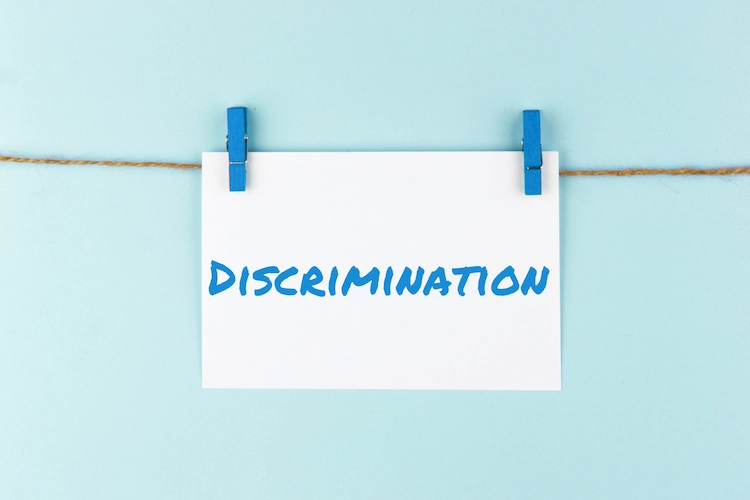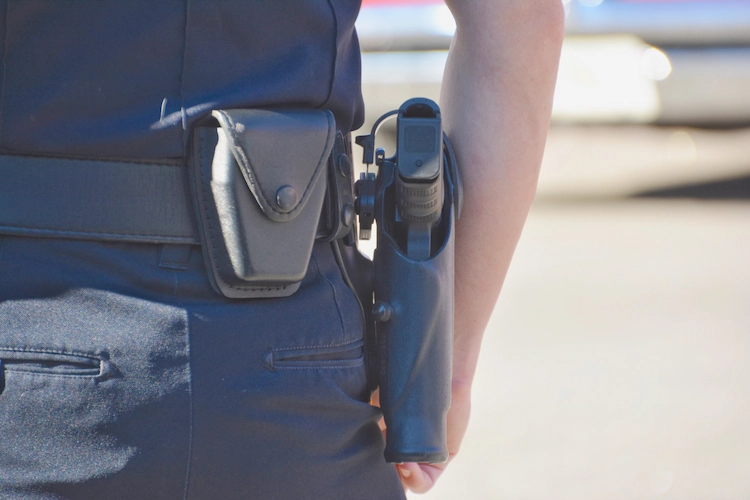Schenck v United States Introduces the “Clear and Present Danger” Standard
Historical
In Schenck v United States, 249 U.S. 47 (1919), the U.S. Supreme Court unanimously upheld enforcement of the Espionage Act of 1917 during World War I. The case is most well-known for Justice Oliver Wendell Holmes, Jr.’s articulation of the “clear and present danger” standard.
Facts of Schenck v United States
Charles Schenck and Elizabeth Baer served on the Executive Committee of the Socialist Party in Philadelphia. Under Schenck’s oversight, the executive committee authorized the dissemination of more than 15,000 fliers to men slated for conscription during World War I.
One side of the flier recited the first section of the Thirteenth Amendment, said that the idea embodied in it was violated by the Conscription Act, and that a conscript is little better than a convict. In impassioned language, it intimated that conscription was despotism in its worst form, and a monstrous wrong against humanity in the interest of Wall Street’s chosen few. While the document stated, “Do not submit to intimidation,” it advocated peaceful measures, such as a petition for the repeal of the act.
The other side of the sheet was headed “Assert Your Rights.” It stated reasons for alleging that anyone violated the Constitution when he refused to recognize “your right to assert your opposition to the draft,” and went on to say: “If you do not assert and support your rights, you are helping to deny or disparage rights which it is the solemn duty of all citizens and residents of the United States to retain.”
Based on the document’s content and dissemination, Schenck and Baer were convicted of violating Section 3 of the Espionage Act of 1917. They both challenged their convictions all the way to the Supreme Court, arguing that the enforcement of the Espionage Act violated the First Amendment.
Court’s Decision in Schenck v United States
The Court unanimously held that the Espionage Act did not run afoul of the First Amendment. Justice Holmes wrote on behalf of the unanimous Court.
While the Court recognized that the statements may be protected under the First Amendment, it also highlighted that the context matters. “We admit that, in many places and in ordinary times, the defendants, in saying all that was said in the circular, would have been within their constitutional rights,” Justice Holmes explained. “But the character of every act depends upon the circumstances in which it is done.
Justice Holmes went on to articulate a standard for determining when free speech protections apply:
The most stringent protection of free speech would not protect a man in falsely shouting fire in a theatre and causing a panic. […] The question in every case is whether the words used are used in such circumstances and are of such a nature as to create a clear and present danger that they will bring about the substantive evils that Congress has a right to prevent.
The Court further reasoned that the federal government should be afforded great deference in times of war. “When a nation is at war, many things that might be said in time of peace are such a hindrance to its effort that their utterance will not be endured so long as men fight, and that no Court could regard them as protected by any constitutional right,” Justice Holmes wrote.
Previous Articles
Supreme Court Rejects Mexico’s Suit Against U.S. Gun Manufacturers
by DONALD SCARINCI on July 8, 2025
In Smith & Wesson Brands v. Estados Unidos Mexicanos, 605 U.S. ____ (2025), the U.S. Supreme Co...
SCOTUS Sides With Employee in Reverse Discrimination Case
by DONALD SCARINCI on July 2, 2025
In Ames v. Ohio Department of Youth Services, 605 U.S. ____ (2025), the U.S. Supreme Court held tha...
Supreme Court Rejects Moment of Threat Doctrine in Deadly Force Case
by DONALD SCARINCI on June 30, 2025
In Barnes v. Felix, 605 U.S. ____ (2025), the U.S. Supreme Court rejected the Fifth Circuit Court o...
The Amendments
-
Amendment1
- Establishment ClauseFree Exercise Clause
- Freedom of Speech
- Freedoms of Press
- Freedom of Assembly, and Petitition
-
Amendment2
- The Right to Bear Arms
-
Amendment4
- Unreasonable Searches and Seizures
-
Amendment5
- Due Process
- Eminent Domain
- Rights of Criminal Defendants
Preamble to the Bill of Rights
Congress of the United States begun and held at the City of New-York, on Wednesday the fourth of March, one thousand seven hundred and eighty nine.
THE Conventions of a number of the States, having at the time of their adopting the Constitution, expressed a desire, in order to prevent misconstruction or abuse of its powers, that further declaratory and restrictive clauses should be added: And as extending the ground of public confidence in the Government, will best ensure the beneficent ends of its institution.





